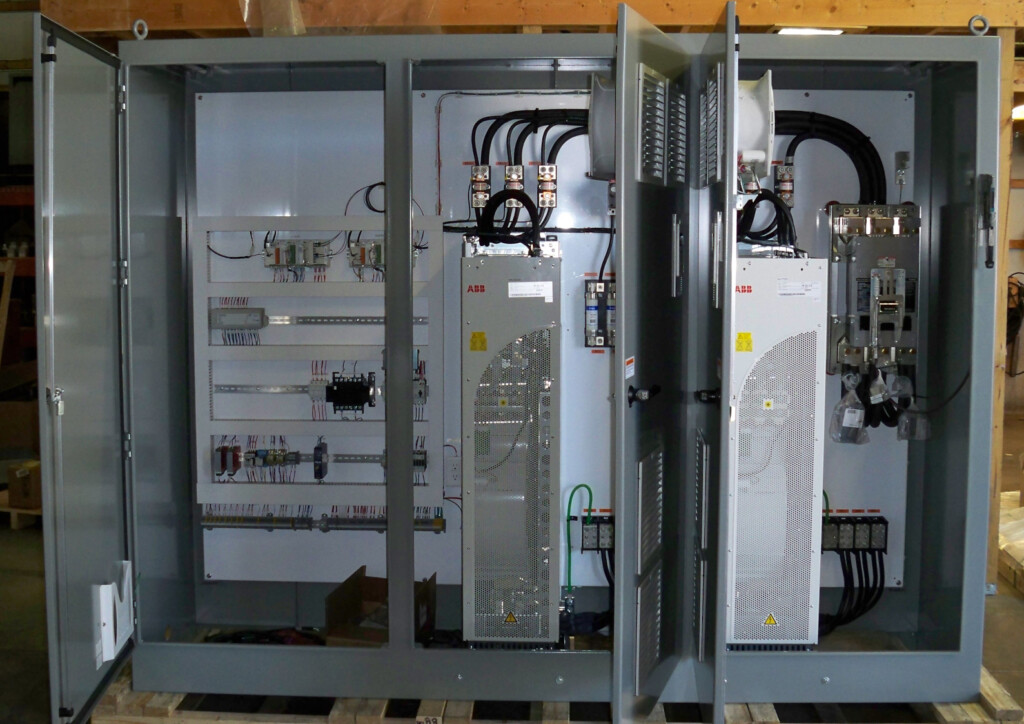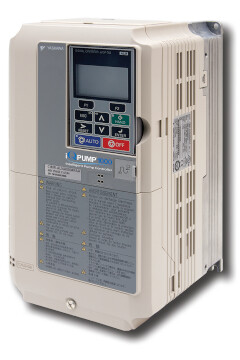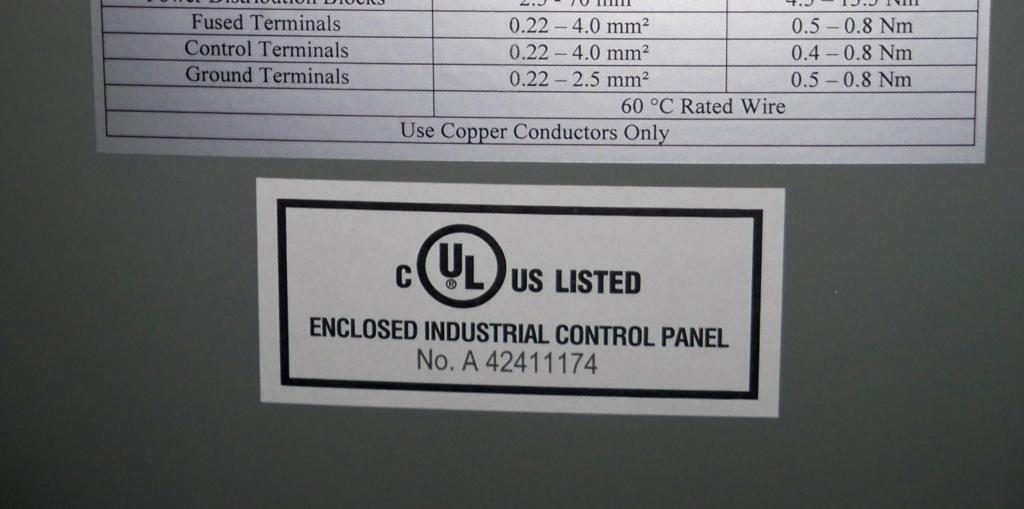What Makes a High-Quality Control Panel?
A high quality, well-built control panel is perfectly adapted to its function and, when well-maintained, will provide many years of good service. Just as there are numerous applications with diverse requirements, so there are all types and configurations of panels out there. See Fig. 1 for an example.

So how do you recognize a quality panel when you see it, and more importantly, how can you be sure that a panel builder will provide a quality product before it’s built? Let’s take a closer look at the elements that go into quality control panel design and fabrication.
Understanding the Application and User’s Requirements
Quality is not just a reflection of the materials used, but also of the ability of a panel to satisfy its intended purpose. After all, a panel is only as good as its ability to work properly. And that means clearly defining what the panel must do, in what environment, according to applicable protocols, rules, and regulations. The following are just some of the things to be clarified when defining design requirements:
- Fully understand and document the panel’s function(s): As with any design effort, it is good to begin with the end in mind. Knowing the control requirements will meet that goal. What is the panel supplying, and how will it be controlled? For example, is the panel to control the starting, operation and starting of a motor? If so, is the intent for the panel to start the motor across the line and run it at full speed, or to soft-start it, or to provide speed control? Or is the panel to serve as a communications node for a plant automation system? Each of these operating scenarios will drive a different set of component choices. Clearly there are too many applications to mention here; the point is that knowing the application is critical to successful design and fabrication. Here the panel builder’s design expertise can be the perfect complement to the end user’s in-depth knowledge of the application and site operations. If detailed specifications are not available, then completing a thorough User Requirements document can be critical.
- Understand Site-specific requirements: These are many and varied and, as the name implies, can be unique to the installation site. A few are:
- Power supply characteristics: What is the rating of the power supply to the panel (phase/frequency/voltage and kVA)? Is the power supply subject to fluctuation (surges, sags, frequency drifts)? Is the supply derived from a transformer or generator (or possibly an alternative source such as a PV battery bank)? What is the rating of the upstream over-current protective device (fuses or circuit breaker)? Much of this information may be taken from existing site drawings, power quality studies, or maintenance logs.
- Grounding: How is the upstream supply grounded? Solidly grounded corner or midpoint (IEC “TN/TN-S” systems), or high-resistance or ungrounded (IEC “IT” systems)? If the control panel is to contain a variable speed drive, this will determine whether the drive’s EMC filter is to remain connected or be disconnected prior to operation. It can also impact the functioning of any ground-fault protection in the control panel. Finally, it may serve as a common reference point to ensure proper component and load-side grounding.
- Load characteristics: What protections does the load require? Consider both electrical (over-current, overload, ground fault, surge, etc.) and mechanical (bearing/winding temperature, cavitation, short-cycling, etc.) needs. These will drive the components specified for the control panel. In the case of a variable speed drive panel, how sensitive is the driven motor to drive-induced bearing currents and voltage spikes, and what needs to be done with the drive and/or in the motor lead design to reduce or eliminate these risks? Is the panel intended to supply multiple loads and, if so, do they need to operate in a coordinated way? If so, variable speed drive panels can be pre-programmed with macros for staged pump or fan control. One example of this is below (Fig. 2).

Fig. 2 – Yaskawa’s iQPump1000 Variable Frequency Drive
-
- Ambient conditions at the control panel’s installation location: Conditions at the panel’s installation site will determine, among other things, what type of NEMA- or IEC-rated enclosure to use (e.g. NEMA 12 or IP54 per ingress protection (IP) standards); the amount of cooling, or in some cases, heating required to maintain the panel’s internal temperature to within the range of operating temperatures specified by the component manufacturer(s); the frequency of cabinet cleaning that should be specified for preventive maintenance procedures; and in some cases the correct amount of EMI/RFI shielding to incorporate into the panel to prevent interference with other plant components or operations near the installation location.
- Controls and integration: To provide a fully functional control panel it is critical to fully identify all the inputs and outputs. This includes voltage sources and levels, current ratings, and their integration with the control components in the panel and in the field. This process should start with an understanding of the system’s overall functions, and the role of the control panel within the system (as noted above). Once the I/O are specified, the panel builder is able to efficiently lay out the panel’s internal components and terminations. Often, the panel builder is required to develop schematics and/or loop diagrams reflecting the panel I/O; the accuracy of these drawings is critical not only for proper fabrication and testing of the panel, but also for effective system maintenance and trouble shooting in the future.
-
- Governing regulations and certifications: These include local and national electrical codes, site-specific standards and rules, and any requirement for UL certification. Governing codes determine how wiring, terminations and components are rated; how they can be routed; and how they are to coordinate with other onsite components (e.g., over-current protection coordination and required short circuit current rating (SCCR)). Site-specific rules may include, among other things, preferred vendors for panel components; wiring color schemes; methods for implementing safety measures (e.g. lock out/tag out, or areas designated as “authorized personnel only”, which can impact the design of panel access protection); and harmonic reduction requirements (e.g., concerns that a variable speed drive cabinet’s operation may impact the operation of upstream components on the same supply). Finally, some panel fabrications stipulate UL508A compliance, verifying that the entire panel assembly has been built and tested to rigorous UL standards. (Fig. 3).

I hope the above provides you with some insight into the process of designing and specifying a high-quality industrial control cabinet. Now that we’ve laid out many of the steps needed to fabricate a good control cabinet, we’ll follow up next time with some suggestions for recognizing quality before, during, and after the build. If you have any questions or comments on custom panel design or fabrication, or would like more information, please drop us a line in the Comments section, or visit us at https://joliettech.com/. Thanks for reading, and please join us next time!

Regards,
Jay Baima
Joliet Technologies


Leave A Comment
You must be logged in to post a comment.